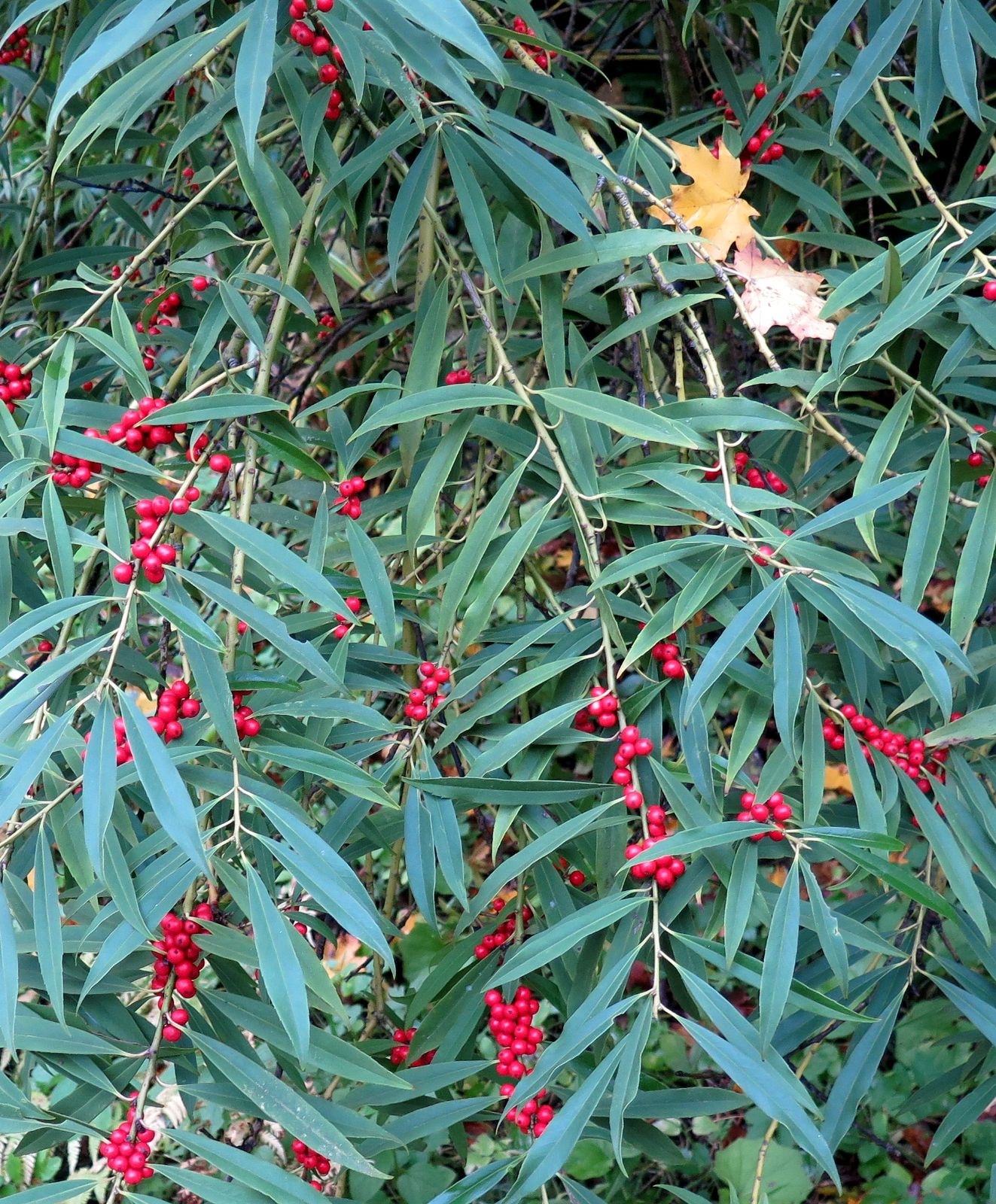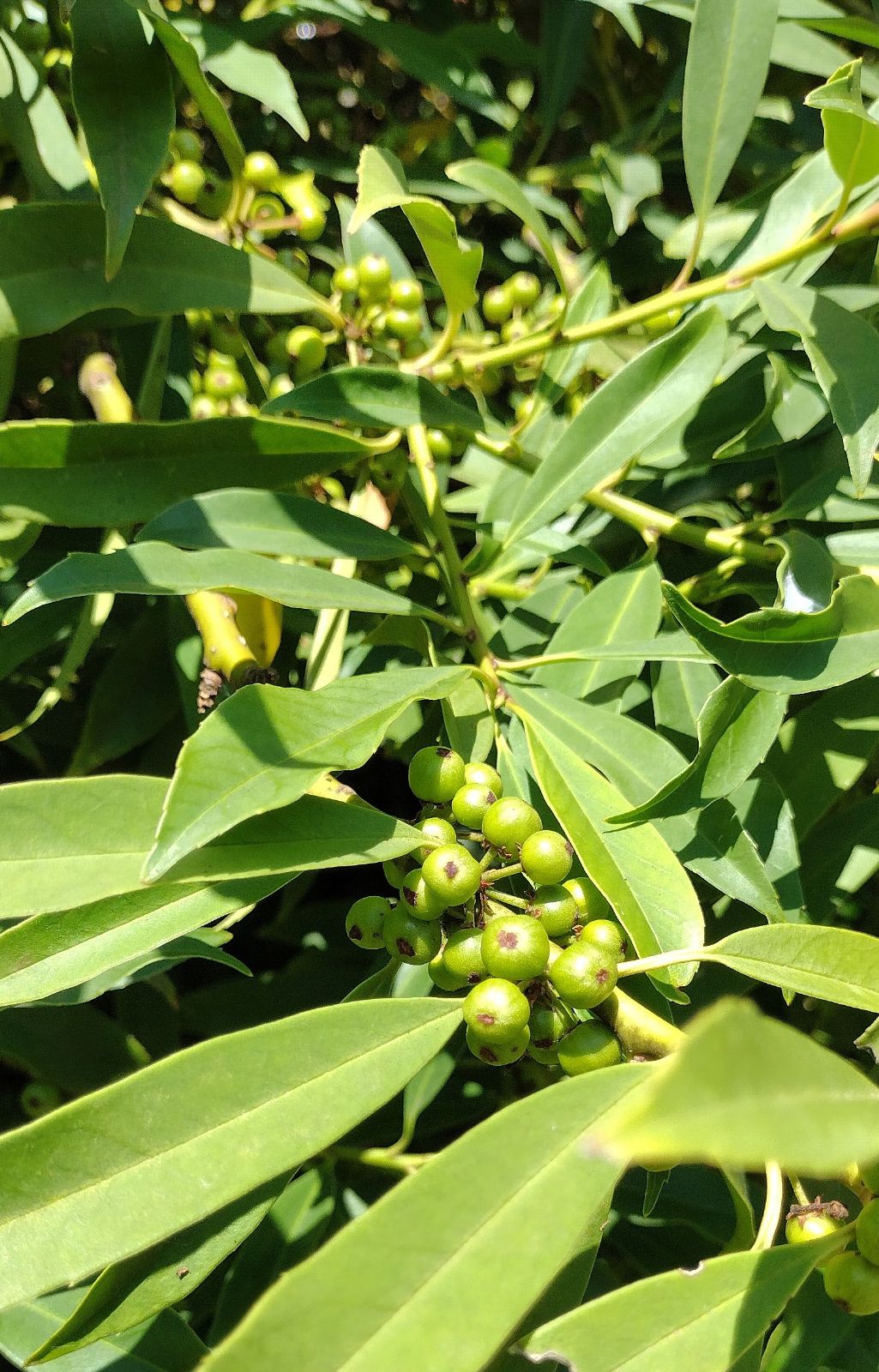Ilex fargesii
Credits
Article from Bean's Trees and Shrubs Hardy in the British Isles
Recommended citation
'Ilex fargesii' from the website Trees and Shrubs Online (treesandshrubsonline.
Genus
Other taxa in genus
- Ilex × altaclarensis
- Ilex aquifolium
- Ilex bioritsensis
- Ilex buergeri
- Ilex cassine
- Ilex ciliospinosa
- Ilex corallina
- Ilex cornuta
- Ilex crenata
- Ilex cyrtura
- Ilex decidua
- Ilex dipyrena
- Ilex forrestii
- Ilex geniculata
- Ilex glabra
- Ilex hayatana
- Ilex hookeri
- Ilex integra
- Ilex intricata
- Ilex kingiana
- Ilex laevigata
- Ilex latifolia
- Ilex linii
- Ilex macrocarpa
- Ilex melanotricha
- Ilex mitis
- Ilex montana
- Ilex nothofagifolia
- Ilex opaca
- Ilex pedunculosa
- Ilex perado
- Ilex pernyi
- Ilex purpurea
- Ilex rotunda
- Ilex rubra
- Ilex rugosa
- Ilex serrata
- Ilex shennongjiaensis
- Ilex spinigera
- Ilex verticillata
- Ilex vomitoria
- Ilex yunnanensis
An evergreen small tree up to 15 or 20 ft high, quite devoid of down in all its parts. Leaves narrow-oblong or narrowly oblanceolate, 2 to 5 in. long, 3⁄8 to 11⁄8 in. wide, slenderly tapered and entire towards the base, more abruptly tapered towards the apex, where are a few incurved teeth, dull green; stalk 1⁄3 to 1⁄2 in. long, reddish. Fruits red, globose, often in threes or fours in the leaf-axils, 1⁄4 in. diameter; stalk 1⁄6 in. long, reddish. Bot. Mag., t. 9670.
Native of W. China, in the province of Szechwan; introduced by Wilson for Messrs Veitch in 1900. It is very distinct in its long, narrow, opaque leaves. In a sheltered situation it is quite hardy as far east as Sussex and is 26 ft high, 2 ft in girth at Caerhays, Cornwall (1966). A.M. 1926.
It is allied to I. franchetiana, which scarcely differs except in its shorter relatively broader leaves, and also to I. melanotricha and to I. hookeri. For these species see under I. melanotricha.
From the Supplement (Vol. V)
The variations of this species are discussed by Susyn Andrews in The Kew Magazine, Vol. 3 (3), pp. 127–35 (1986).
† var. brevifolia S. Andrews – This newly described variety differs from the typical state of the species (subsp. fargesii var. fargesii) in its shorter and relatively broader leaves, up to 3 in. long and 1 in. wide, edged with fine spiny teeth. It was introduced by Wilson from western Hupeh (W.946). It is in cultivation, grown as I. fargesii, and makes a suckering shrub of dense, rounded habit to about 10 ft high. It is less common than the typical state of the species, also introduced by Wilson, which is of open habit, with ascending branches, and has attained a height of 25 ft in Britain.
subsp. melanotricha (Merrill) S. Andrews I. melanotricha Merrill – See Volume 2, page 447. The only reliable distinction between this and I. fargesii subsp. fargesii is that the pedicels are pubescent instead of glabrous. Susyn Andrews remarks that it is commoner in collections than once supposed, mostly from Forrest 25069, and grown as either I. fargesii or I. franchetiana.


